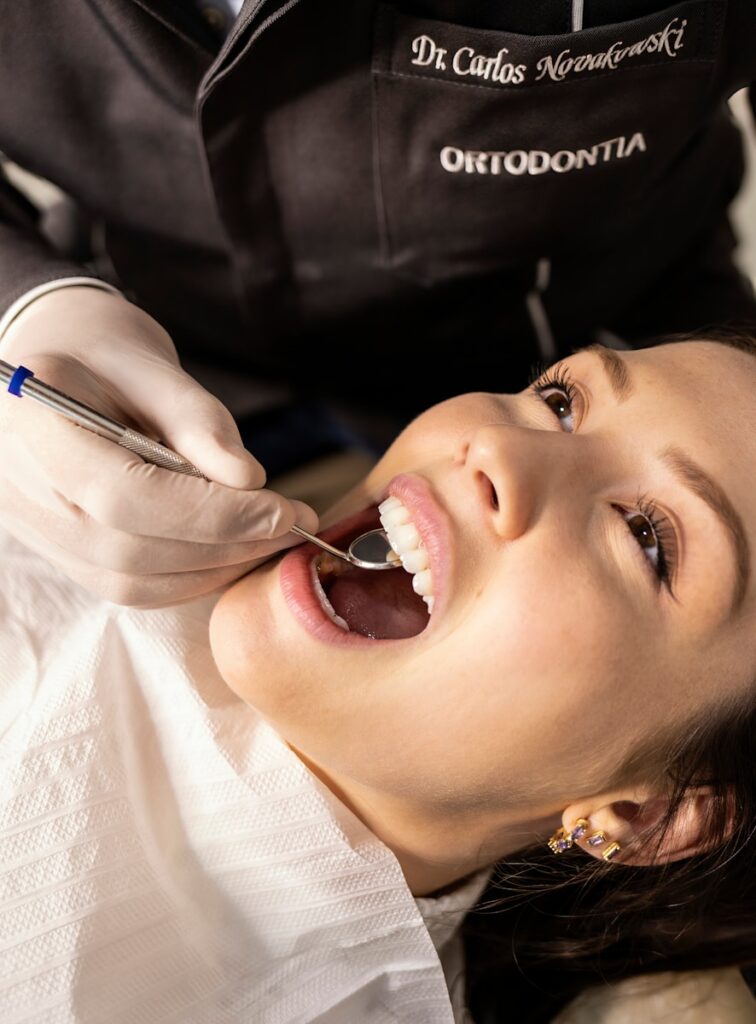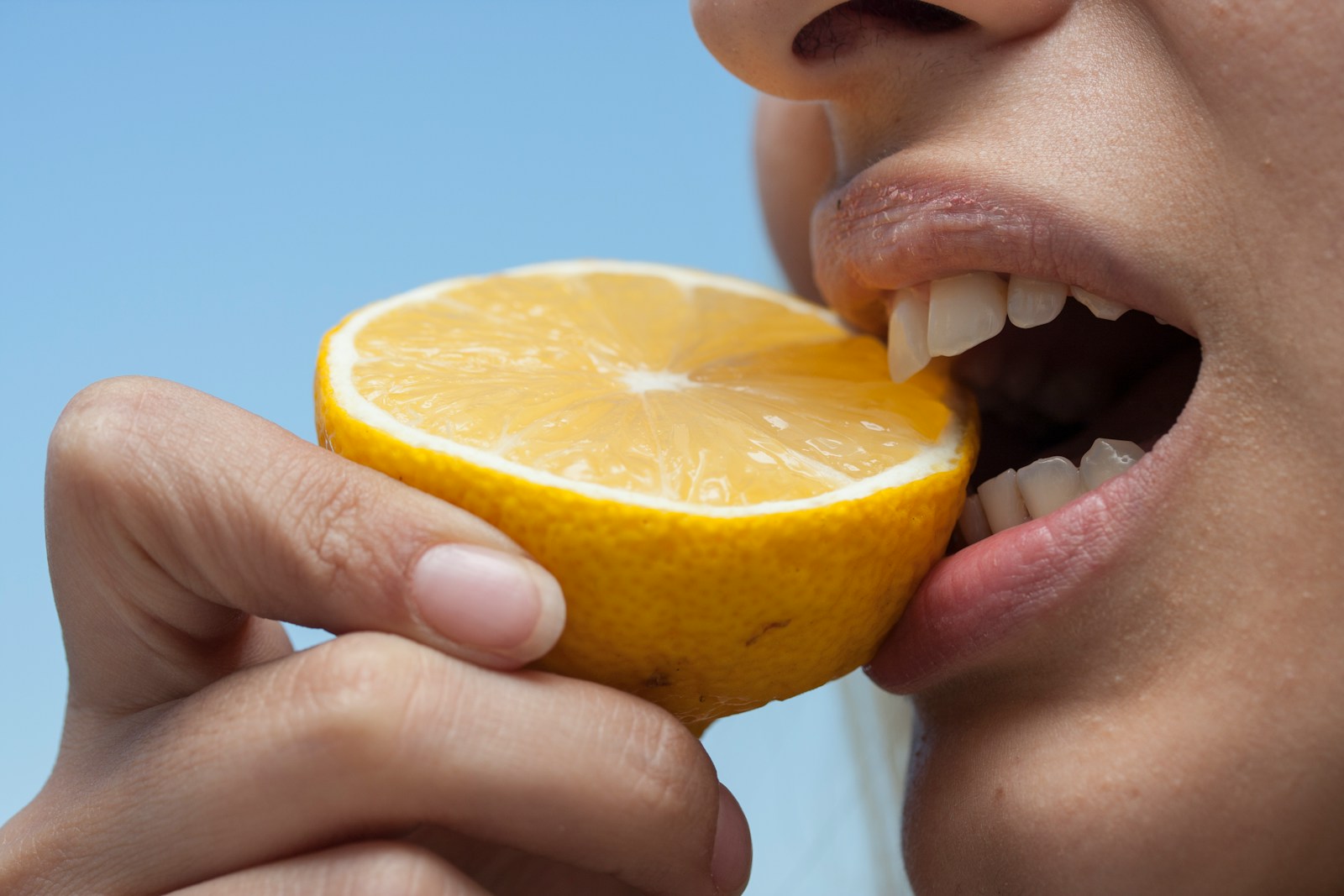Sugar has become an unavoidable part of modern diets, appearing in everything from obvious sources like candy and sodas to hidden ingredients in bread, sauces, and processed foods. While most people understand that sugar contributes to weight gain and diabetes, fewer realize the devastating impact it has on oral health.
Understanding the relationship between sugar consumption and dental problems is crucial for maintaining a healthy smile throughout your lifetime. The effects of sugar on teeth go far beyond simple cavities, influencing everything from gum health to tooth loss and overall oral wellness.
By learning how sugar damages your teeth and implementing effective prevention strategies, you can enjoy sweet treats while protecting your oral health. The key lies in understanding the science behind sugar’s impact and making informed choices about consumption and dental care.
The Science Behind Sugar and Tooth Decay
When you consume sugar, harmful bacteria in your mouth feed on these simple carbohydrates and produce acid as a byproduct. This acid attacks the protective enamel covering your teeth, gradually weakening and dissolving the mineral structure that keeps teeth strong and healthy.
The primary culprit is Streptococcus mutans, a type of bacteria that thrives in sugary environments and forms sticky biofilms called plaque on tooth surfaces. These bacteria convert sugars into lactic acid within minutes of consumption, creating an acidic environment that can persist for hours.
According to Mark Bilello Family & Cosmetic Dentistry (houmacomprehensivedentistry.com), your mouth’s natural pH level is approximately 7.0, but acid production from sugar metabolism can lower it to 5.5 or below. At this acidic level, tooth enamel begins to demineralize, losing essential minerals like calcium and phosphate that provide structural integrity and protection.

Types of Sugar That Cause the Most Damage
Not all sugars affect your teeth equally. Simple sugars like sucrose, glucose, and fructose are readily available for bacterial consumption and cause rapid acid production. These sugars are found in table sugar, honey, fruit juices, and many processed foods and beverages.
Sticky sugars pose an even greater threat because they adhere to tooth surfaces for extended periods, providing a continuous food source for harmful bacteria. Caramels, gummy candies, dried fruits, and similar sticky treats create prolonged acid attacks that can cause significant enamel damage.
Liquid sugars from sodas, sports drinks, and fruit juices are particularly problematic because they coat all tooth surfaces simultaneously and can reach areas that solid foods might miss. The combination of sugar content and acidity in many beverages creates a double threat to tooth enamel.
The Progressive Nature of Tooth Decay
Tooth decay doesn’t happen overnight but progresses through several distinct stages. Initial demineralization appears as white spots on teeth, indicating areas where minerals have been lost but the tooth structure remains intact. This early stage is often reversible with proper care.
As acid attacks continue, these white spots develop into actual cavities that penetrate the enamel layer. Once bacteria reach the softer dentin beneath the enamel, decay progresses more rapidly and can cause sensitivity and pain as it approaches the tooth’s nerve center.
Advanced decay can reach the pulp chamber containing nerves and blood vessels, leading to severe pain, infection, and potential tooth loss. At this stage, root canal treatment or tooth extraction may be necessary, making early prevention and intervention crucial for long-term oral health.
Hidden Sources of Sugar in Your Diet
Many people successfully avoid obvious sugar sources like candy and desserts but unknowingly consume large amounts of sugar from unexpected sources. Processed foods often contain added sugars to enhance flavor, extend shelf life, and improve texture, making them significant contributors to daily sugar intake.
Common hidden sugar sources include bread, pasta sauce, salad dressings, yogurt, granola bars, and even savory snacks like crackers. Reading ingredient labels carefully and looking for terms like high fructose corn syrup, maltose, dextrose, and fruit juice concentrates can help identify these hidden sugars.
Beverages represent another major source of hidden sugars. Coffee drinks, smoothies, energy drinks, and even some flavored waters contain substantial amounts of added sugars that can contribute to tooth decay when consumed regularly throughout the day.
Practical Strategies for Reducing Sugar’s Impact
The most effective way to protect your teeth from sugar damage is to reduce overall sugar consumption, particularly from processed foods and sugary beverages. Reading nutrition labels, choosing whole foods over processed alternatives, and cooking more meals at home can significantly decrease daily sugar intake.
When you do consume sugary foods or drinks, timing and method matter. Eating sweets as part of a meal rather than as standalone snacks reduces their impact because increased saliva production during meals helps neutralize acids more effectively.
Drinking sugary beverages through a straw can minimize contact with teeth, while rinsing your mouth with water after consuming sugar helps wash away residual sugars and dilute acids. However, avoid brushing immediately after sugar consumption, as softened enamel is more vulnerable to mechanical damage.
The Importance of Proper Oral Hygiene
Effective oral hygiene becomes even more critical when sugar is part of your diet. Brushing twice daily with fluoride toothpaste helps remove plaque and strengthen tooth enamel, while daily flossing eliminates food particles and bacteria from between teeth where cavities often develop.
Using an antimicrobial mouthwash can help reduce harmful bacteria levels in your mouth, providing additional protection against acid production. Fluoride rinses are particularly beneficial because they help remineralize weakened enamel and make teeth more resistant to acid attacks.
Regular dental checkups and professional cleanings are essential for detecting early signs of tooth decay and removing hardened plaque that home care cannot eliminate. Your dentist can also provide personalized advice based on your specific risk factors and dietary habits.
Creating a Tooth-Friendly Lifestyle
Protecting your teeth from sugar damage requires a comprehensive approach that combines dietary awareness, excellent oral hygiene, and regular professional care. Start by gradually reducing sugar intake while increasing consumption of tooth-friendly foods like cheese, nuts, and vegetables that help neutralize acids.
Stay hydrated with water throughout the day to support natural saliva production and help wash away food particles and bacteria. Consider using a water filter if your tap water doesn’t contain fluoride, or ask your dentist about fluoride supplements.
Finally, remember that small, consistent changes in your daily habits can have profound effects on your long-term oral health. By understanding how sugar impacts your teeth and taking proactive steps to minimize its harmful effects, you can maintain a healthy, beautiful smile for life.



